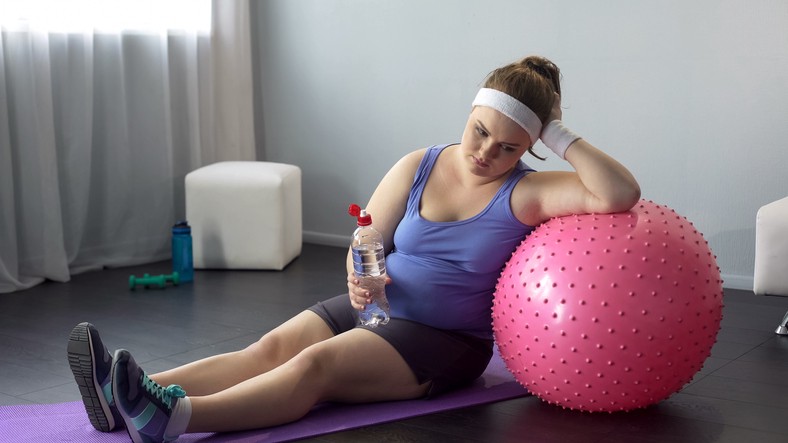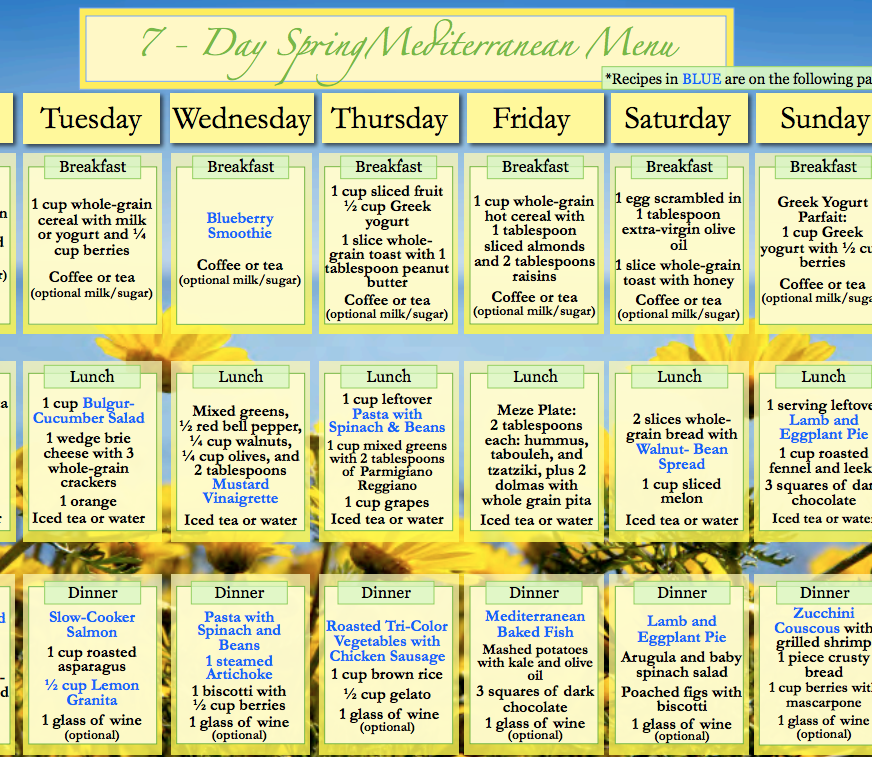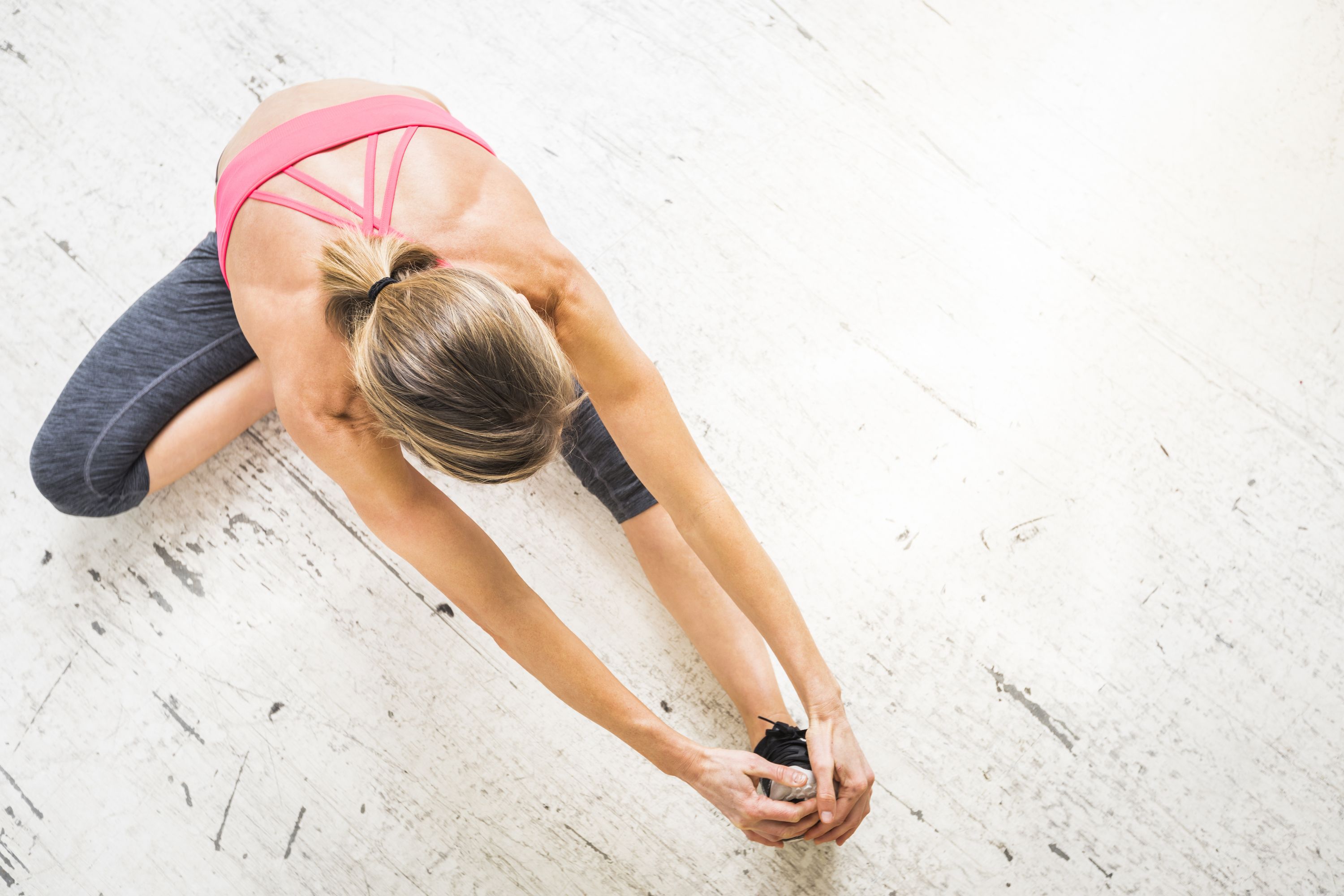
A heart-healthy diet is a great choice for any person, regardless of age. This type of diet promotes healthy and fresh foods, and can help you lose weight. Learn more about these diets in the article. These are some useful tips for this type dietary plan. You can begin with your daily food.
Heart-healthy diets are ideal for everyone
Eating a heart healthy diet can be beneficial for everyone, regardless of age. It is important to start eating a heart-healthy diet as soon as possible. This will help reduce their risk of developing heart disease later in life and allow them to maintain good eating habits all their lives. Foods that are rich in fiber, color, and low in saturated fat are best for heart health. Increase your consumption of fruits and vegetables like oranges, apricots, and reduce the intake of processed food. Avoid lean meats containing more than 10% fat. Reduce your intake butter and choose low-fat options to avoid eating fattening food.
Fatty fish, such as salmon and albacore tuna, is also a healthy food for your heart. These foods are high-in omega-3s, which help protect your heart and prevent you from developing heart disease. Monounsaturated oil, such olive oil, is a good option to replace unhealthy fats.
They promote weight loss
Cardiovascular diet menus promote healthy eating habits and avoid processed food. These menus encourage consumption of oily vegetables and fish. They also limit intake of saturated and processed fats. They also encourage the consumption of flaked almonds, low-fat yogurt, and blueberries.

The most difficult thing about a cardiovascular diet is sticking to it, especially if you don't have the experience of restricting your food intake. Although you can add herbs and spice to your food, it is best to avoid high-calorie condiments and sauces. Also, try to limit the amount of alcohol you drink when dining out.
They promote heart health
Cardiovascular diets promote heart health by eating a variety healthy foods. This helps to lower the risk of developing cardiovascular disease. They urge people to avoid processed foods, eat lean meats and fish, and consume a variety of fruits and vegetables. They also limit the amount of fat and sodium in their diet. These heart-healthy foods also limit the intake of sugar-sweetened drinks and processed food.
Cardiovascular diet menus focus on fruits and vegetables, whole grains, oily fish, and low-saturated fats. Red meat and sugar should be avoided. Avoid refined carbs such as white bread.
They encourage fresh food
The cardiac diet encourages eating fresh fruits and veggies, whole grains, oily salmon, and other heart healthy foods. It discourages you from eating too many processed foods, sugar, or red meat. All of these factors increase your risk of developing coronary disease. The menu can help you make healthy choices when dining out, and it can provide a helpful guide to meal planning. For your cardiovascular health, it is important to get regular exercise.
If you don’t follow these guidelines, the cardiac diet menu can have adverse consequences. It also limits what foods you are allowed to eat at certain meals. Most meals will consist of protein and fruits. The two remaining days are used for normal eating.

They decrease sodium intake
Limiting sodium intake is key to a heart-healthy diet. You should choose foods that have less sodium as many sodium-rich foods are bad for your heart. To do this, you can use alternatives such as citrus juice and salt-free seasonings. Choose the most processed meats and poultry when shopping. Avoid sauces and ingredients high in sodium such as ready-to cook pasta and flavored Rice. When dining out, make sure to ask about nutrition information so you can choose a lower-sodium meal. If possible, share your meal.
You can lose weight, lower your cholesterol, and improve your overall health by eating a heart-healthy diet. Eating heart healthy foods can increase energy. How you live and the risk factors that may affect your health will influence which foods you choose.
FAQ
What is the best exercise for busy individuals?
Doing exercises at home is the best way to stay in shape. You don't need to join any gym. You can perform simple exercises at your home without needing expensive equipment.
It is all that you need: a pair or dumbbells, a pad, a chair and a timer.
The most important thing is ensuring you are consistent with your workouts. If you miss a few days, then you may lose all motivation.
Start by lifting weights 3x per week. This could be squats and lunges as well push-ups, pull ups, pull-ups (dips, curls), etc.
Once you have mastered the basic movements, it is possible to move on to other types such as running and jumping rope, skipping or yoga, Pilates, dance, swimming, weight lifting, tennis, golf, playing basketball, soccer, volleyball, badminton or squash.
Make sure you choose the right exercise program for your needs. If you work long hours, you may want to avoid exercise programs that consume too much energy.
If you're a night owl then it is better to exercise in the evening than in the morning.
Listen to your body. Stop when you feel tired.
What can you drink while intermittent fasting is in effect?
You should try drinking water first thing in the morning. It will help you feel fuller, faster, and it will give you energy throughout your day. If you want to add flavor, try adding lemon juice or cucumber slices.
How long does a weight loss process take?
It takes time to lose weight. It can take six months to lose 10%.
It is important to realize that weight loss should not be expected overnight. Your body will need time to adapt to new dietary changes.
This means you need to gradually alter your diet over several weeks or days.
You should also stop trying fad diets. They don't work. Instead, you should focus on changing your daily routine.
If you eat unhealthy snacks at night, you might want to cut back.
You should eat healthier meals in the morning. This will help you avoid snacking at night.
Drinking water throughout the day is also important. Water keeps your body hydrated and prevents dehydration. Dehydration causes you to feel fatigued and slow.
Therefore, drinking lots of water throughout the day will help you stay energized and focused.
You can reduce stress by relaxing. Spending quality time with loved ones is one way to reduce stress levels.
You could also choose to read books, see movies, or listen music.
These activities will help to relax and unwind from stressful situations. They can also help improve your moods and self-esteem.
So, when you're trying to lose weight, you should always think about your health first.
Your overall health is directly related to your physical fitness. So, if you want to get fit, you should start with proper nutrition and regular exercise.
How to Make an Exercise Plan?
You must first create a routine. It's important to have a plan for each day. This helps to plan ahead and avoid procrastination.
The second thing is to ensure that you have plenty of variety in your workout. Exercise shouldn't be boring. Otherwise, you'll lose motivation.
You should also keep track of how you are progressing. It's important to see how much weight you have lost or gained over time.
You can lose weight quickly if you do not gain weight. However, it's much harder to stay motivated when you gain too much weight.
Find a healthy balance between losing weight and gaining weight. If you are unhappy with your current situation, you will be less inclined to exercise.
How Much Exercise is Required to Lose Weight?
There are many factors that impact the amount you exercise to lose weight. Most people require moderate activity at least five days per week.
The American College of Sports Medicine recommends that you do 150 minutes of moderate intensity aerobic activity per week. This should be spread over three days.
You can lose 10 pounds by doing 300 minutes of moderate-intensity exercises each week, for example. This includes activities such as brisk walking, swimming laps, biking, dancing, playing tennis, golfing, hiking, jogging, running, and other similar activities.
For those just starting out, you might consider 20 minutes of vigorous activity every other week. These activities could include sprints and lifting weights.
Aerobic exercise can help burn calories as well as build muscle mass. Muscles burn more calories than fat. You may be able to achieve your goal quicker by building muscle and losing fat.
Statistics
- It's estimated that half of all American adults attempt to lose weight every year (1Trusted (healthline.com)
- According to a study sponsored by the American Council on Exercise, a person weighing around 140 pounds (64 kg) would burn 108 calories at a 30-minute beginner's Pilates class or 168 calories at an advanced class of the same duration (26). (healthline.com)
- One 6-month study showed that simply doing 11 minutes of strength-based exercises 3 times per week resulted in a 7.4% increase in metabolic rate, on average. (healthline.com)
- According to Harvard Health, it's estimated that a 155-pound (70-kg) person burns around 167 calories per 30 minutes of walking at a moderate pace of 4 mph (6.4 km/h) (5). (healthline.com)
External Links
How To
How to exercise for weight loss
Being active is one of the best methods to lose weight. Many people are not aware of how to properly exercise. You should do cardio exercises, such as swimming, running, walking, swimming, etc., as well as strength training exercises, such as pulling up, pushingups, pull-ups and lunges. Combining both of these exercises will help you lose weight the most. Start exercising and find friends to support you. You have two options: you can join a gym or just walk around your neighborhood. It doesn't matter what activity you choose; just make sure you do it consistently. It's very easy to get off track when you first start working out, so don't give up if things aren't going well right away. Keep at it!